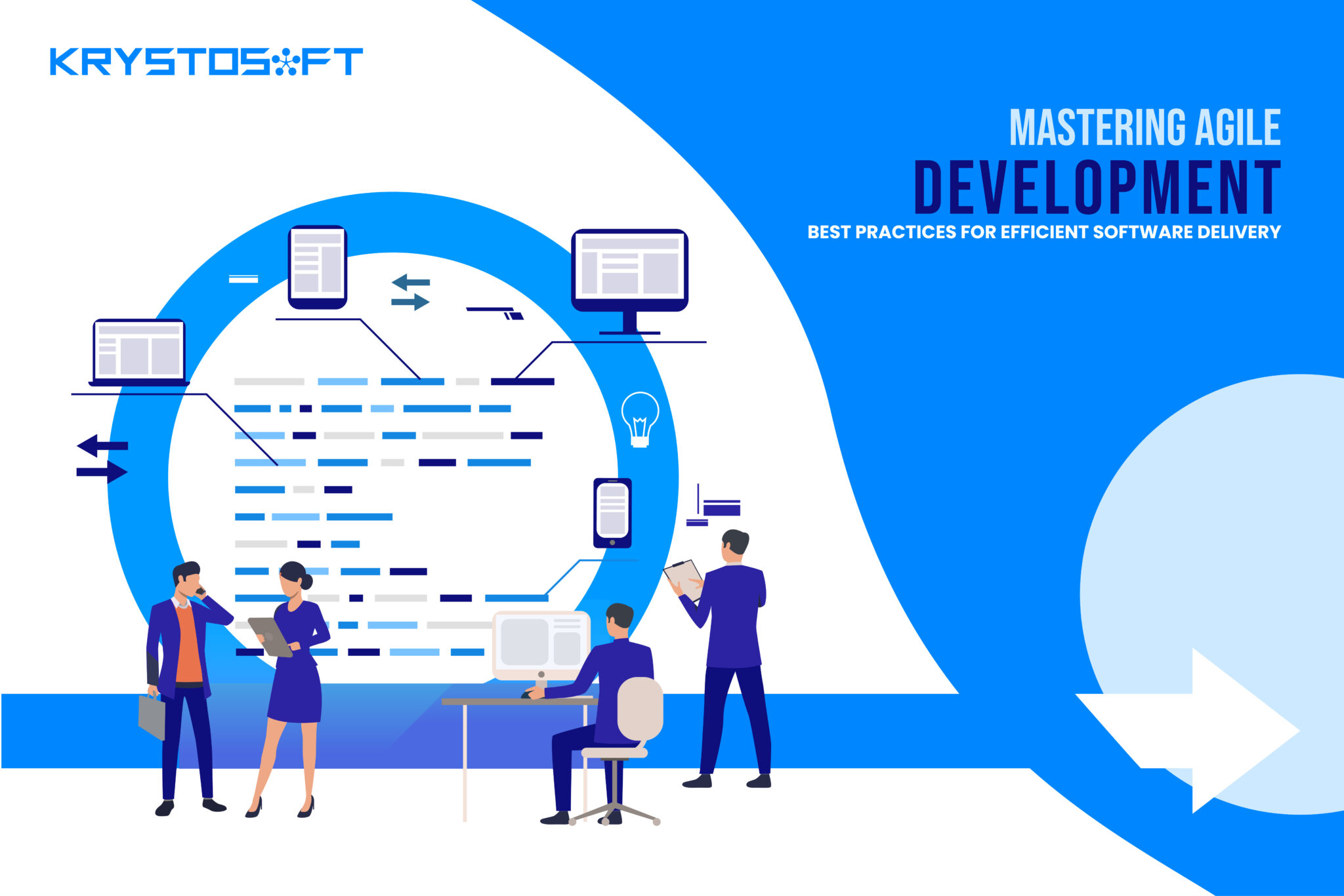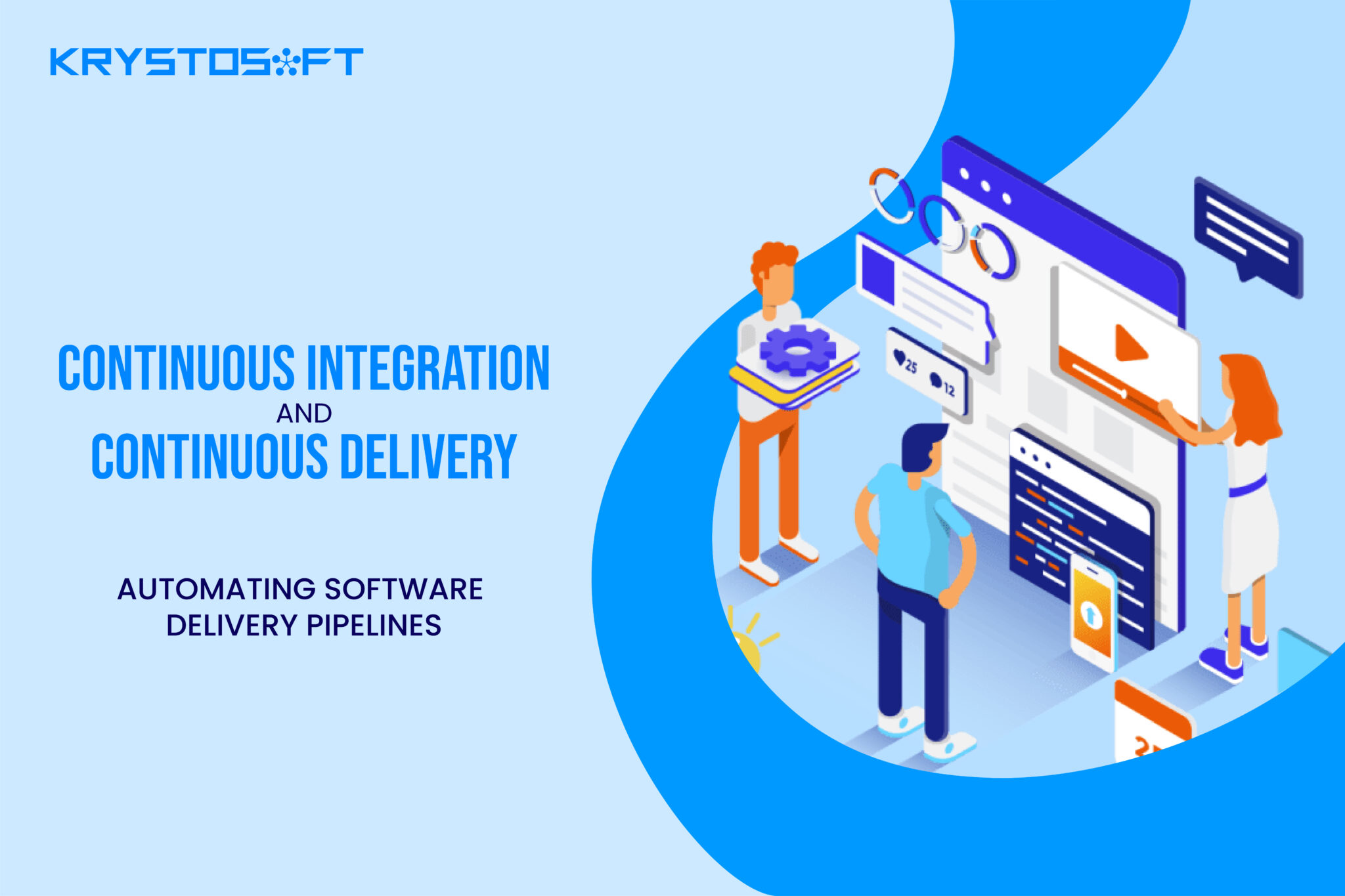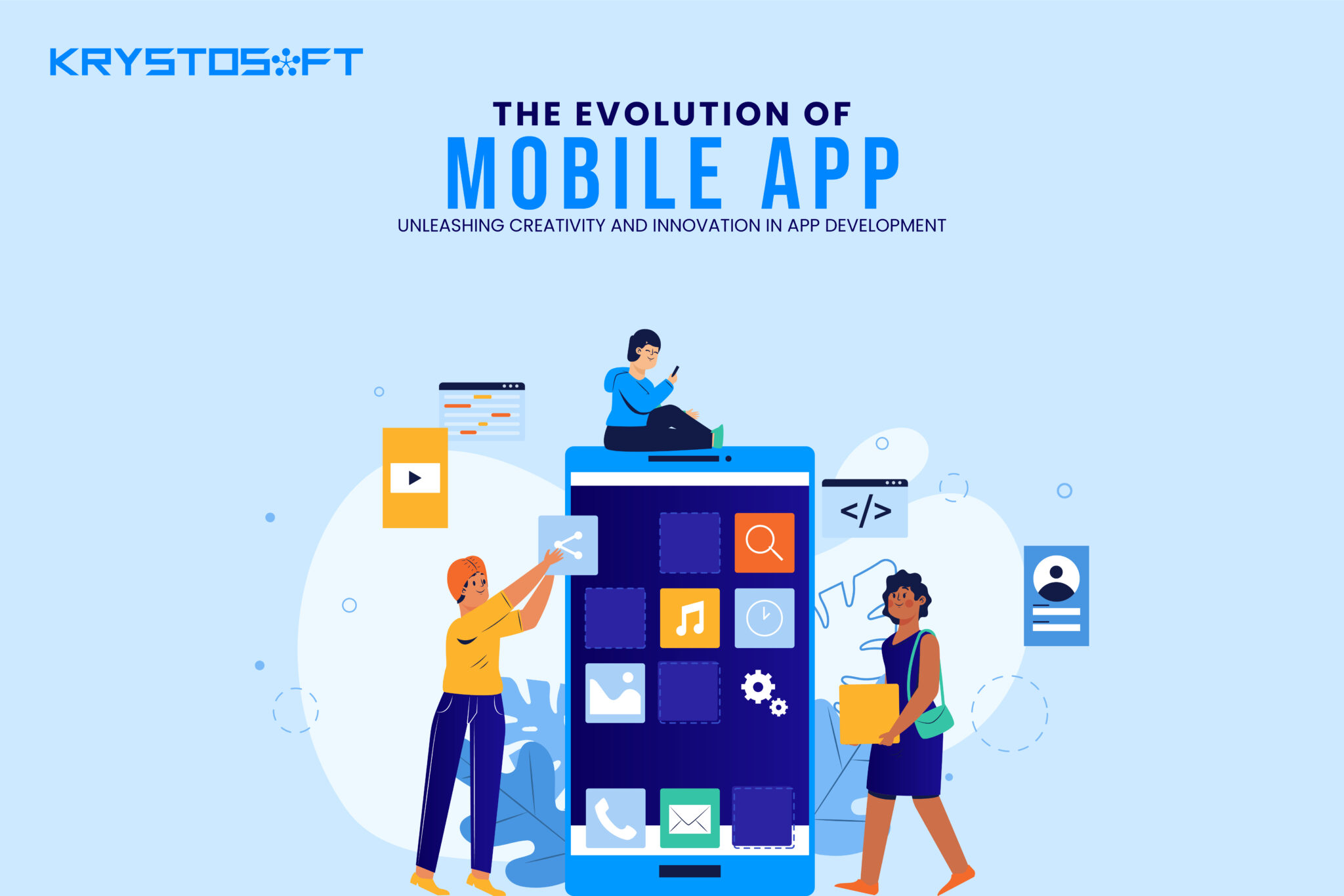In today’s rapidly evolving software landscape, delivering high-quality products efficiently is essential for staying competitive. Agile development methodologies have emerged as a game-changer, allowing teams to adapt, collaborate, and iterate quickly. In this blog, we’ll explore the world of Agile development, dive into its core principles, and provide relatable examples to showcase best practices for achieving efficient software delivery.
Understanding Agile Development
Agile development is a set of principles and practices designed to foster flexibility, collaboration, and continuous improvement throughout the software development lifecycle. It promotes iterative cycles, customer feedback, and adaptive planning to ensure that software products meet user needs and business goals effectively.
- Cross-Functional Teams
One of the foundational principles of Agile development is the concept of cross-functional teams. These teams comprise members with diverse skills, such as developers, testers, designers, and product managers, working together collaboratively. Imagine a social networking app: a cross-functional team could consist of developers building new features, testers identifying and addressing bugs, designers refining the user interface, and product managers aligning the roadmap with user feedback.
- Iterative Development
Agile encourages breaking down complex projects into smaller, manageable iterations called sprints. Each sprint typically lasts 1-4 weeks and results in a potentially shippable increment of the product. For instance, consider an e-commerce platform: in one sprint, the team might focus on optimizing the checkout process, ensuring that each iteration delivers measurable value and can be released independently.
- Continuous Integration and Deployment
Continuous Integration (CI) and Continuous Deployment (CD) are practices that automate the process of integrating code changes into a shared repository and deploying them to production environments. This ensures that code is regularly tested and released, reducing the risk of integration issues. In the case of a financial application, CI/CD practices would enable the team to deliver timely updates and security patches seamlessly.
- User-Centric Iteration
Agile places a strong emphasis on incorporating user feedback to guide development. Regularly engaging with end-users and stakeholders helps teams align their work with actual user needs and preferences. For a healthcare app, user-centric iteration could involve gathering feedback from doctors, nurses, and patients to fine-tune features like appointment scheduling and medication tracking.
- Adaptive Planning
Agile development acknowledges that requirements and priorities may change over time. Teams practice adaptive planning, adjusting their goals and strategies based on new insights and evolving business needs. Imagine a project management tool: adaptive planning would allow the team to pivot quickly if market trends indicate a demand for enhanced collaboration features.
- Retrospectives and Continuous Improvement
Agile teams regularly hold retrospectives to reflect on what went well and what could be improved during each sprint. This practice fosters a culture of continuous improvement, enabling teams to refine their processes and enhance their productivity. In the context of an educational app, retrospectives could lead to streamlining the content creation workflow based on educator feedback.
Mastering Agile development is a journey that empowers teams to deliver software efficiently, adapt to change, and prioritize user satisfaction. Following what is explained above, organizations can navigate the complexities of software delivery with agility and precision. As technology advances and user expectations evolve, Agile methodologies stand as a reliable compass guiding teams toward the successful creation of software that meets both functional and user-oriented criteria.
Ready to embark on your Agile journey? Discover how these best practices can transform your software development process and lead to impactful results. Visit our website krystosoft.com to learn more about our Agile development services and take the first step toward achieving efficient and customer-focused software delivery.





